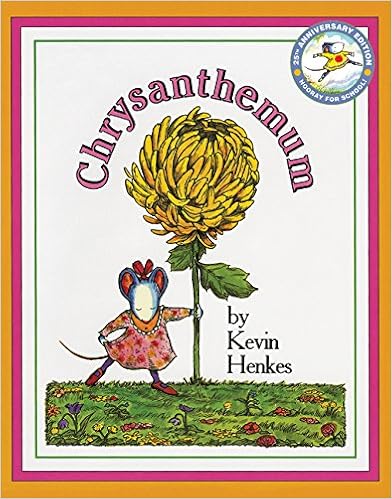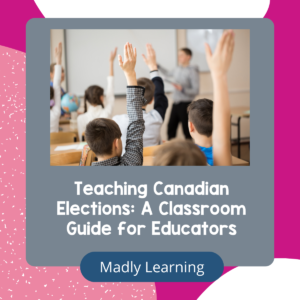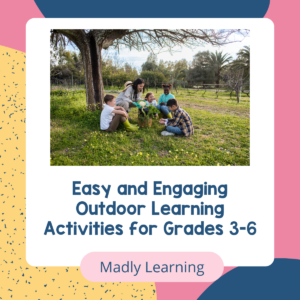As the new school year in Ontario begins in a month I know that I am thinking about week 1 activities. As I don’t have my class list yet I don’t know the needs of my students. However, I remember that it is very important to plan inclusive lessons for all of our students especially our ELLs. These students can so easily be left out or excluded from these fun and important activities. Some of my guiding questions that I keep in mind when planning activities for week one is:
I believe that a welcoming environment is created when all students feel engaged, included and accepted. Traditional welcoming activities often include getting to know you activities and games, journal entries about summer experiences, games etc. Here are some suggestions for how to include ELLs in your 1st week.
Interview Triads:
Students in groups of three will interview each other. Two students interview and the third records. The class then shares what they learned about their new classmate. This works with ELL students when you have proficient speakers with the same first language as the ELL.
Interview Through Pictures:
The whole class in groups of two interviews with each other by drawing about their interests. Each student draws a picture in response to a series of questions. For the ELL student, they can be paired with a lead students who can modify the interview with the guide. I like…….. you like…….. With the help of a dual language dictionary, the student can have some prompts for this activity.
Self Portrait:
This activity can be great for ELL students as there is the little language needed. All of your students can participate. Make sure that the expectations are modelled for your students as this will help the ELL understand the expectations. Provide the ELL with a picture dictionary to help them with ideas to include in their picture.
Label the Classroom Treasure Hunt:
Don’t label your classroom areas until after the students arrive. Pre-make your labels, or have the students make them, including pictures, and space for first languages if necessary. Provide students with a ‘treasure map’ with riddles that will help them to find the correct area to label in the classroom. This will also help them to learn where everything is in your room. You could even include the rules into the riddles. This will help the ELL learn the names of the different materials in the classroom as well as helping them to learn where everything is. It is especially important that pictures are included on these labels as this will help the ELL make connections between their first language and English.
Summertime Journal:
For this activity students can write a journal about their summertime experiences. Allow the ELL to write a journal in their first language. If the student is unable to write in their first language assist them by giving them some sentence frames to complete. I played… I ate…. etc.
Read Aloud:
Using a great read aloud with your class provides a rich opportunity for the ELLs in your class to be immersed in the language. As with every read aloud it is important to pre-teach important vocabulary and review character names. It may be helpful to provide ELLs with copy of some of the key pages (2-3) or page from the book. Choose one which will allow the ELL to correctly label the main characters from the story. The level of language proficiency of the ELL will determine how much of the book will be understood. For many beginning ELLs it is important to know the broad strokes of the story such as Main Characters, Gist, or Lesson. Some great books that I plan on using are










